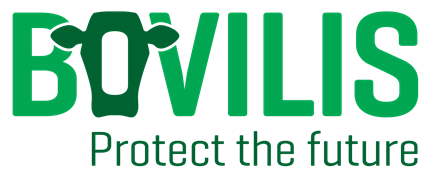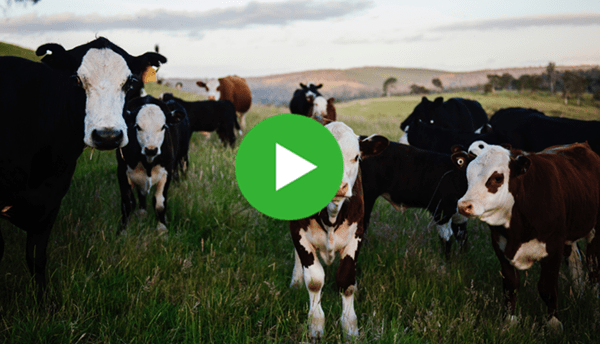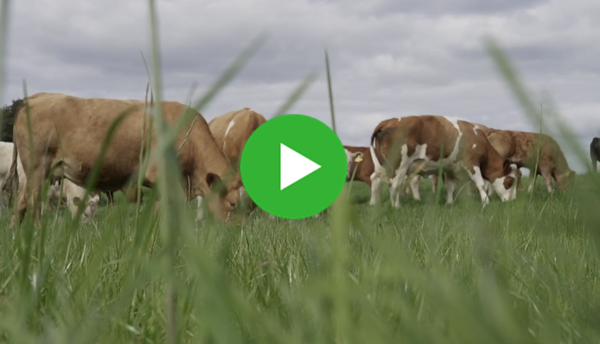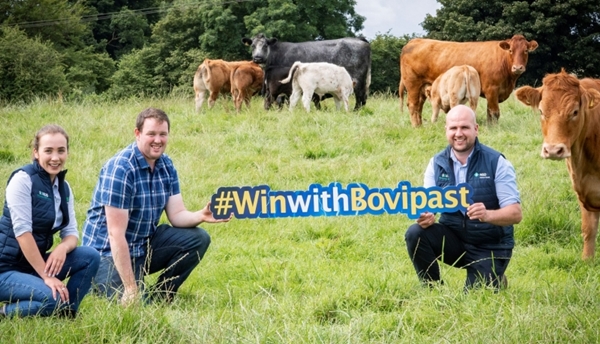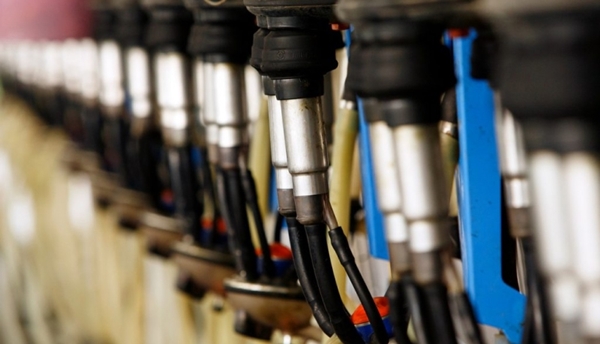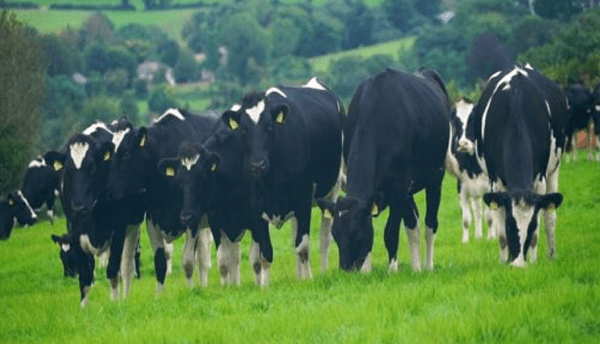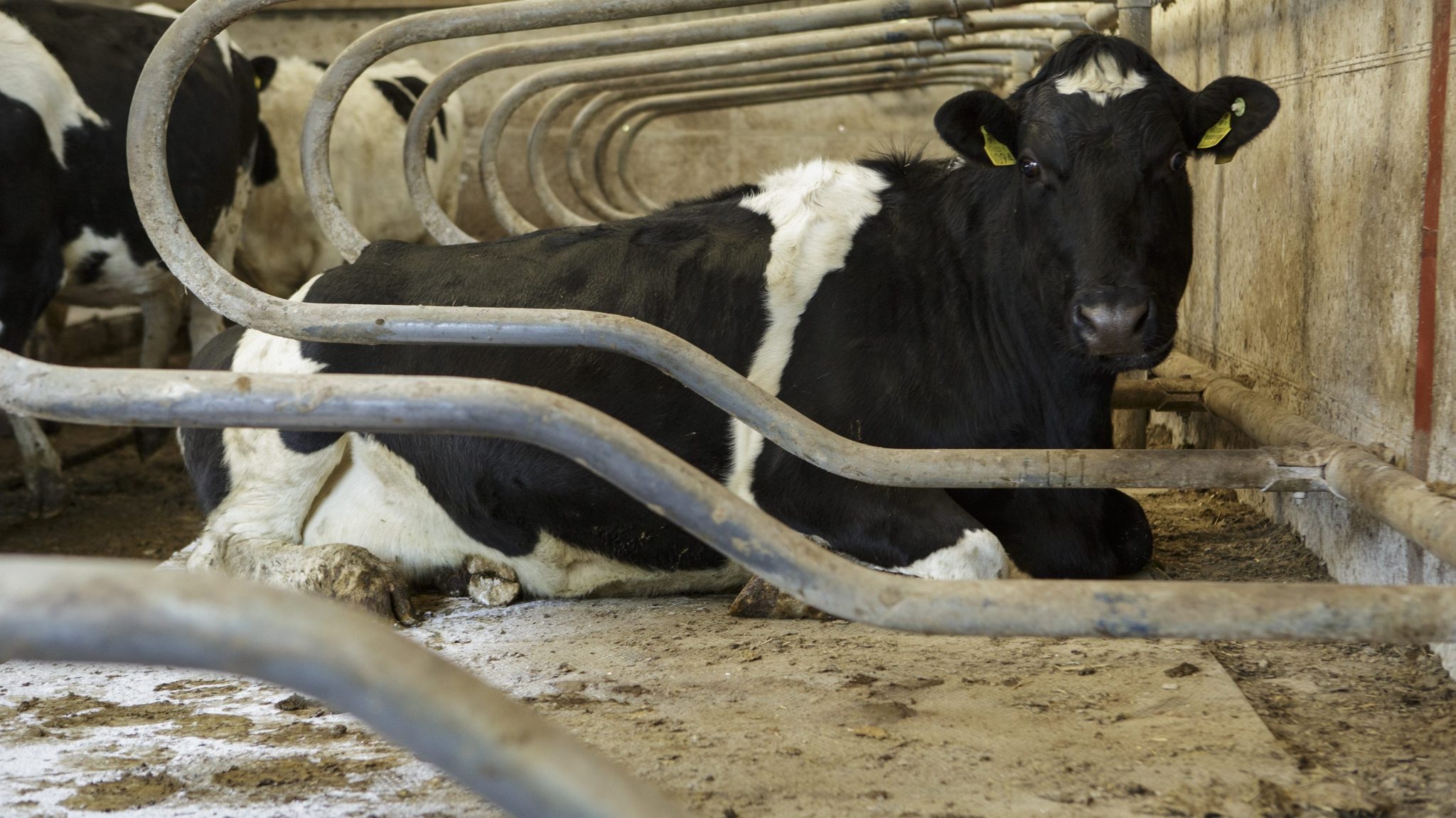

NEWS
FAQ on IBR Control
4th June 2020
TAGS
Vaccination Starts With The Calf
There are 3 components to controlling this disease
1. Biosecurity
2. Culling
3. Vaccination
Biosecurity:
To keep the disease out of IBR free herds and to limit the spread in herds with IBR positive animals.
Culling:
Culling of animals which have tested positive for IBR. In many herds it is not a practical option as there are simply too many animals which are positive (once infected an animal becomes a life-long carrier) and therefore it would not be economically viable.
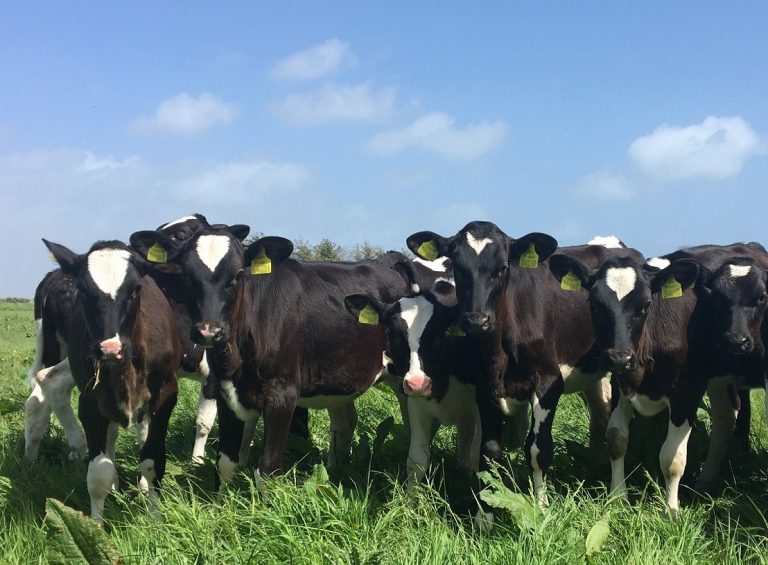
Vaccination
For effective control of IBR, vaccination must:
• Reduce the number of new infections – main cause of virus spreading in a herd
• Reduce severity of clinical signs – Limit cost of disease impact
FAQ on IBR disease and Bovilis IBR Marker Live
Do I need to vaccinate my herd for IBR?
75% of herds have been exposed to IBR, it is an endemic disease in Ireland. Clinical signs are not always present in infected cattle. Subclinical disease (without signs) can result in losses of 2.6kg of milk/cow/day. Speak to your vet regarding screening for the virus through bulk milk tank testing and blood sampling animals in your herd.
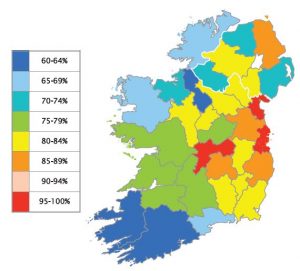
I vaccinate my cows and heifers against IBR – should I vaccinate my calves?
The benefit from whole herd IBR vaccination starting with the youngstock is that the calves are protected from the virus and this minimises the number of animals that become carriers. Every animal that is infected with IBR becomes a lifelong (latent) carrier and these animals are the source of infection in the herd.
I vaccinate every 6 months against IBR – can I move to every 12 months now?
12 monthly vaccination (after the initial 2 vaccinations 6 months apart) may be suitable for low prevalence IBR herds. Speak to your vet on how to assess and monitor herd prevalence. Check out the below video showing how to get your herd onto the 12 month vaccination protocol for Bovilis IBR Marker Live. Again, consult with your vet to determine if your herd is suitable to move to the 12 month protocol.
I got a high IBR reading in my bulk tank – what should I do?
Talk to your vet about what this high reading may mean in terms of virus in your herd. A high reading indicates that virus is actively circulating in the milking cow herd.
My bulk milk tank test is negative for IBR – does this mean my herd is IBR free?
Not necessarily; bulk tank antibody tests only detect IBR virus when at least 20% of the milking cows are carriers. If you have a suspicion that IBR is in your herd, speak to your vet regarding blood sampling individual animals.
I know IBR is circulating within my cow herd, can they pass the virus to the calves?
In short, yes they can. Cows are most likely to shed virus at times of stress e.g calving time, peak lactation. If calves are in the same air space (remember IBR can travel for 5 metres) as older animals who are shedding virus then they are vulnerable to the disease.
My neighbouring farmer vaccinates for IBR – I’m a beef farmer, how do I check if my herd has IBR?
Blood sampling is the most common method to determine the prevalence of IBR disease within a beef herd. This involves sampling all animals or a representative number of animals in the herd. Talk to your vet for more information.
There is an outbreak of IBR on my farm – is it safe to use Bovilis IBR Marker Live in the face of an outbreak?
Yes, for the fastest onset of activity; 4 days, it can be given intranasally. Onset of immunity after intramuscular administration is 14 days.
I vaccinated my calves up the nose at 1 month of age against IBR – do I give them a booster?
Yes. Calves that received an initial shot of Bovilis IBR Marker Live up the nose will require a booster 2 ml shot, at 3-4 months of age. At this age or older animals, can be vaccinated either intranasally or into the muscle.
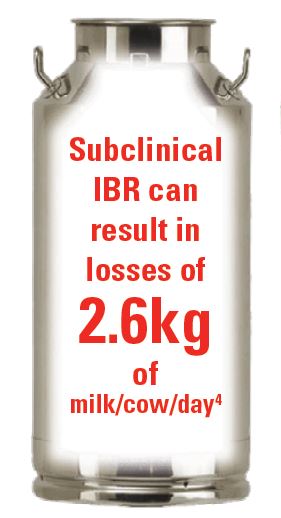
What is a marker vaccine?
Marker vaccines do not contain glycoprotein E (gE) and therefore do not cause production of antibodies to gE. Field virus and non-marker vaccines on the other hand do contain gE and therefore lead to production of antibodies to gE. An IBR gE ELISA test in herds that are vaccinating with marker vaccines allows differentiation between vaccine and wild virus antibodies. Non-marker vaccines are still available in Northern Ireland. IBR marker vaccines are the only type of IBR vaccine available in the Republic of Ireland.
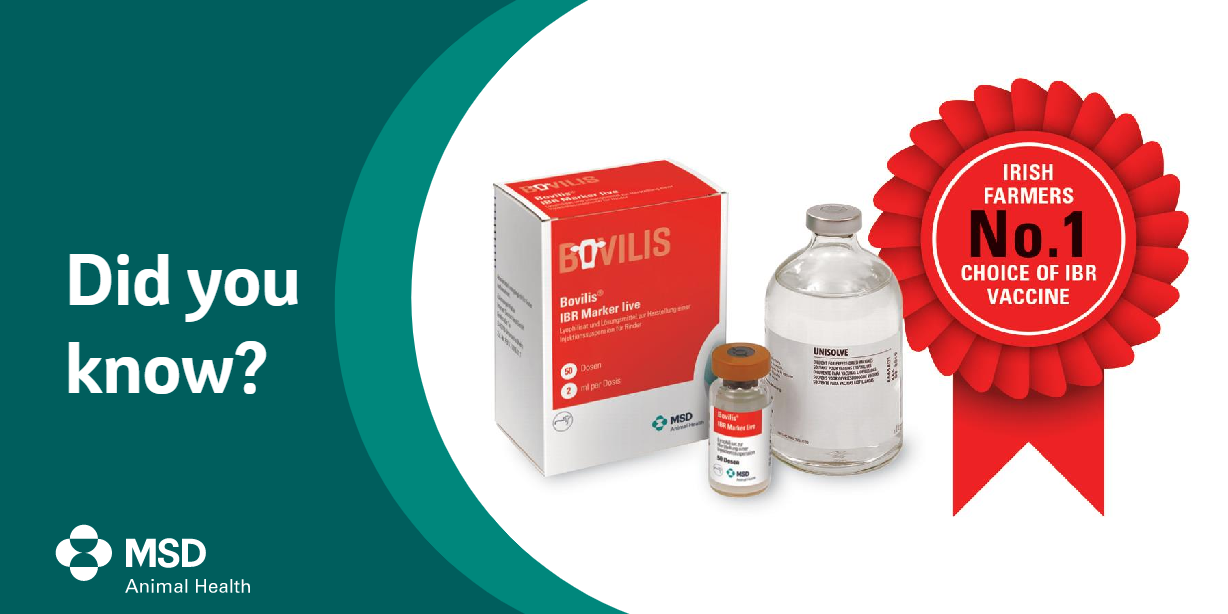
Which vaccine should I use for IBR protection – live or inactivated?
Less shedding of the virus occurs in animals that have been vaccinated with a live vaccine compared to animals that had received inactivated vaccines. Studies have shown that live IBR marker vaccines provide better protection against clinical signs than inactivated vaccines. There is limited evidence that using inactivated vaccine can result in a better reduction of shedding by reactivated latently infected animals than live vaccine. Bulls intended for use as future AI sires must not be vaccinated with any type of IBR vaccine.
Addition info
| Live vaccine | Inactivated vaccine |
| Primary course | Standard or low-risk herds |
| Young calves (2weeks-3months of age) | Pedigree herds (except potential AI sires) |
| All herds including high-risk herds | |
| High prevalence herds | |
| In the face of an outbreak |
Risk factors to a herd:
- Purchasing stock (especially without a quarantine procedure)
- Mixing stock from two different farms, including contract rearing operations
- Poor boundary fences, IBR can spread for up to five metres
- Bringing cattle to and from the mart
- Attending agricultural shows
- Personnel -Farm workers who are in contact with other stock
Talk to your vet today about IBR calf vaccination from 3 months of age, using Bovilis IBR Marker Live. For more check out our brochure here, our IBR page or Twitter page
References
1. Bosch et al (1996) An attenuated bovine herpesvirus 1 vaccine induces better protection than two inactivated marker vaccines. Veterinary Microbiology 52, 223-234
TAGS
Sign up to Bovilis® product and event information
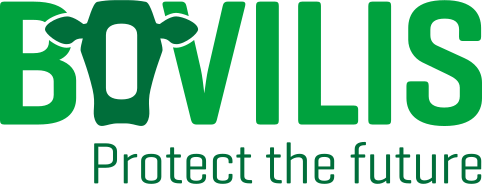
MSD Animal Health
Red Oak North, South County Business Park, Leopardstown,
Dublin 18, Ireland
vet-support.ie@msd.com
PHONE
CATTLE DISEASES
